Sound
The CZ-1 tips to the warmer side of neutral with a lush and tube-like bloom. There isn’t much shine up top or air around the players, but there’s a nice amount of tonal density and contouring of singers and instruments. The mids are sweet and smooth, relaying a golden hue with some high-level textures. Bass is impactful, adequately visceral, but more spready than taut. Outlines are more cushioned and less focused which promotes a more cozy and “antique” presentation.
If you’re looking for something with spacious soundstaging, high levels of resolution, extended highs, and explosive dynamics, the CZ-1 might not be a good fit. Also, most who want the last word in transparency will also find the CZ-1 to be a little veiled. However, if you’re looking for something more intimate, warm, soft, and romantic, the CZ-1 may be your ticket to audio bliss.
Aside from the shortage of resolution and treble presence, I still found the CZ-1 to be insightful enough to be musical. This is in part due to its amazing imaging, tonal, and spatial capabilities. Piano, guitars, drums, and strings all have good timbre and room reflections are carried out with natural decay.
In comparison to the sub-$1,000 headphones on this list, the CZ-1 is sonically superior in many ways. It has more solidity, better timbre, low-end dynamics, and projects a larger sonic image. It may not have the transient speed, delineation, or low-level details of some of these other headphones but it is more coherent and fuller sounding. The CZ-1 is also better at layering the sound out and has better overall control of the signal.
At more than double the price of the CZ-1, the Abyss Phi is a whole different beast. First, they’re opposites as far as tonality. The CZ-1 is much richer and warmer sounding while the Abyss Phi is on the lighter side. As far as the technicals, the Abyss Phi takes the cake. Subterranean bass, tactility, transparency, detail retrieval, dynamics, noise floor, precision…the list goes on. Obviously not a fair comparison but it’s here for the curious.
There is one thing that I find to be very unique to the CZ-1 that I haven’t heard from other headphones. This was something I heard at the previous CanJams and I’ve reaffirmed it during the review. It’s also something that brings it closer to what I hear with my bookshelf speakers.
The CZ-1 is able to reproduce acoustic presence in a very molded way. Much like having 3D objects floating in front of you. Similar to putting on VR glasses or what you’d experience with Dolby Atmos in a theater. Voices have a roundness and curvature to them while instruments are more fleshed out and consolidated. The CZ-1 doesn’t quite have the resolution or clarity to be convincingly “real” but it gives enough cues to be appreciable.
When I remove the CZ-1 headphones and listen to the ATC SCM7s, it starts to become apparent that the CZ-1 is being honest with the acoustic shape of the recording. This “acoustic shaping” seems to be intrinsic to speaker setups where the sound from each channel goes to both ears. In turn, this makes it very difficult for traditional headphones with crossfeed circuits to reproduce.
Fascinating.
Which brings me to…
Crossfeed vs Crosszone CZ-1
The Chord DAVE has really nice crossfeed modes. After much listening, I’ve found “Crossfeed 2″ to be closest to what I heard from the near-field system. After comparing ‘traditional” headphones plus crossfeed vs the CZ-1 (at Crossfeed 0), the results were interesting.
First, you’ll notice how precise the imaging cues are with the CZ-1. It’s almost exactly as I heard it with the bookshelf speakers. With the various crossfeed settings, I couldn’t get any of the headphones to not “curve” around my ear. For example, at the beginning of Feeling of Jazz by Dianne Reeves and the Wynton Marsalis Quarter, the cymbals, drums, and piano playing to the sides, always sounded a little shorter and more “spherical.” With the CZ-1 (and ATC SCM7), the music spans laterally in front rather than curving across the ears like a fisheye lens.
This, I realized, was the primary goal of the CZ-1.
The consequences of this are numerous. The music has more tangibility and continuity. There’s a gravity to the central vocals and a deeper emanation of reverberation decays. When I close my eyes while listening to both speakers and the CZ-1, the CZ-1 presents a very rich atmosphere and an ease in its delivery. It doesn’t resolve low-level details too well but certainly gives the impression of listening to speakers.
Many have (including myself) mentioned how the Abyss Phi sounds like speakers. After listening to the CZ-1, I’ll have to rectify that statement. I think the Abyss Phi promotes the physicality of a speaker while the CZ-1 images more like a speaker.
Final Thoughts
Given the complexity of driver placement and overall architecture of this headphone, finding the right tonal balance will have its complexities and tradeoffs. The CZ-1 is tuned well for all genres. This is especially the case for vocals where the “personality” of the singer is preserved. Its strengths are also in its acoustic control of layering out the music, having sufficient meat on the bones, and preservation of natural timbre.
Spatial arrangement is also done in a cohesive and realistic manner. You’ll never experience harshness, sibilance, or grain from hours upon hours of listening. Although personally, I’d prefer a bit more sparkle and shine. Perhaps an aftermarket silver cable will help.
Digital crossfeed systems are good but sound much more artificial in comparison to the CZ-1’s accurately sized, spaced, and properly timed sound field. The CZ-1 was able to place instruments and voices in precise lateral and vertical space as well as providing a palpable sense of depth and shape in the music. Mixed with its cozier tone and more relaxed atmosphere, it makes for the perfect headphone to kick back and enjoy music. It’ll set you in front of a fireplace with some hot chocolate and marshmallow bits.
While being able to quickly switch between headphones and speakers without changing position – it’s obvious the Crosszone team has spent an enormous amount of effort in recreating an accurate stereo image. Crosszone’s aim was to create a headphone experience that passively mimics the experience of listening to a pair of speakers. They’ve succeeded in this challenging quest – with flying colors.
Crosszone CZ-1 Headphones – $2,195
Want to know what’s SIZZLIN’? Follow Audio Bacon on Facebook!

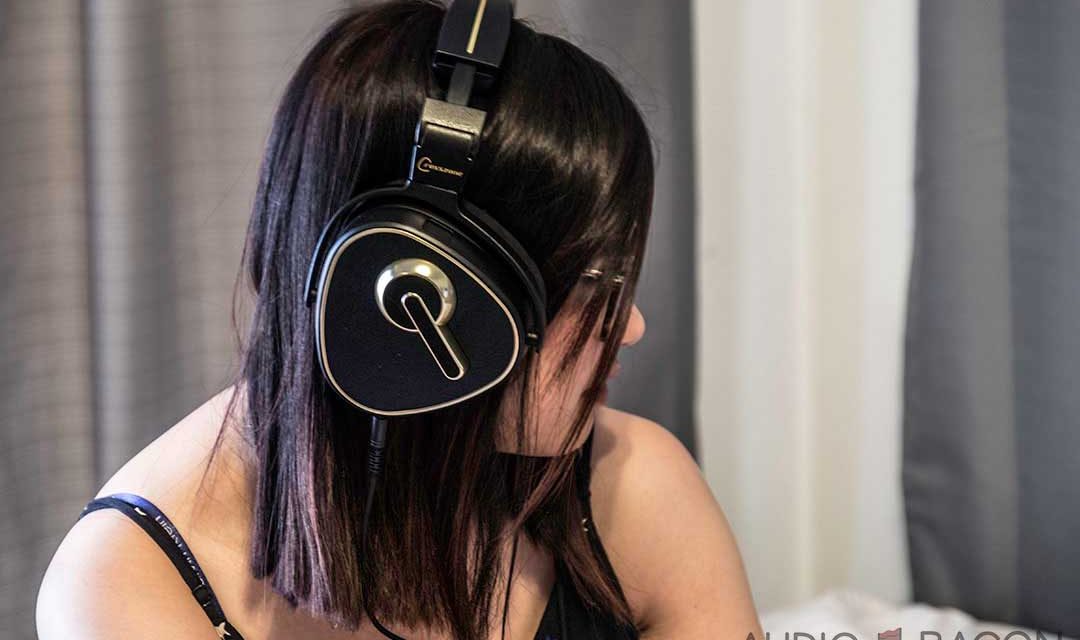
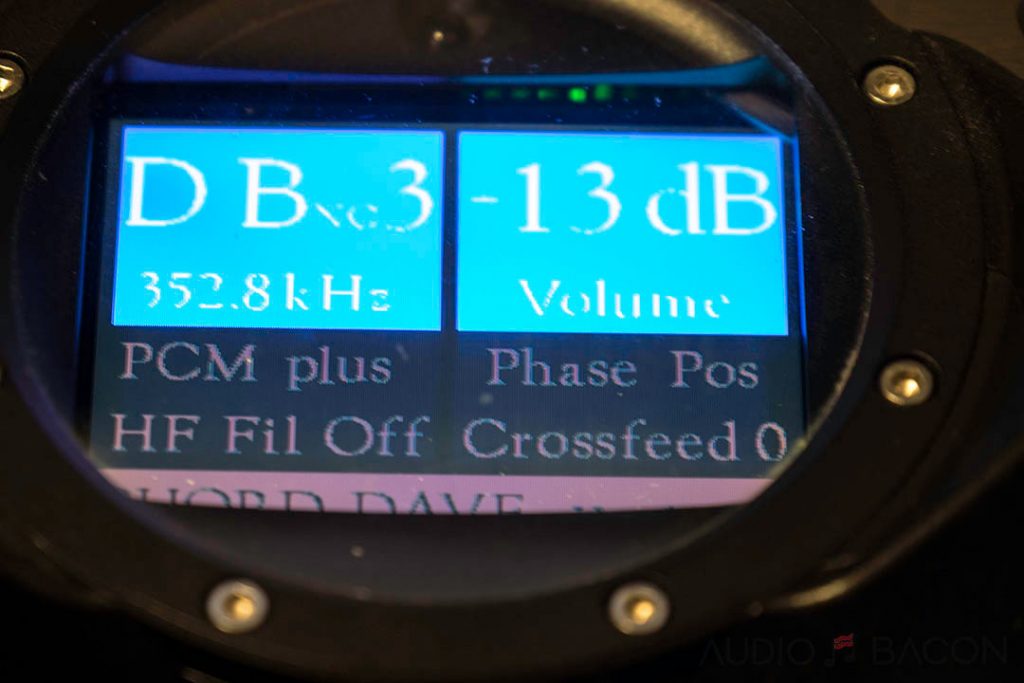
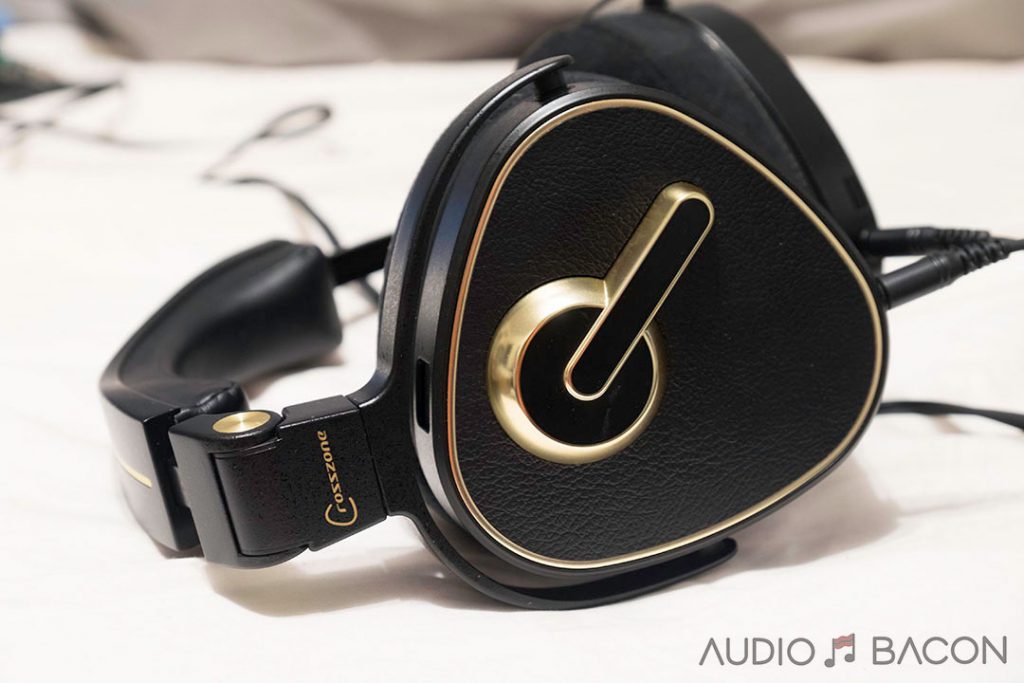


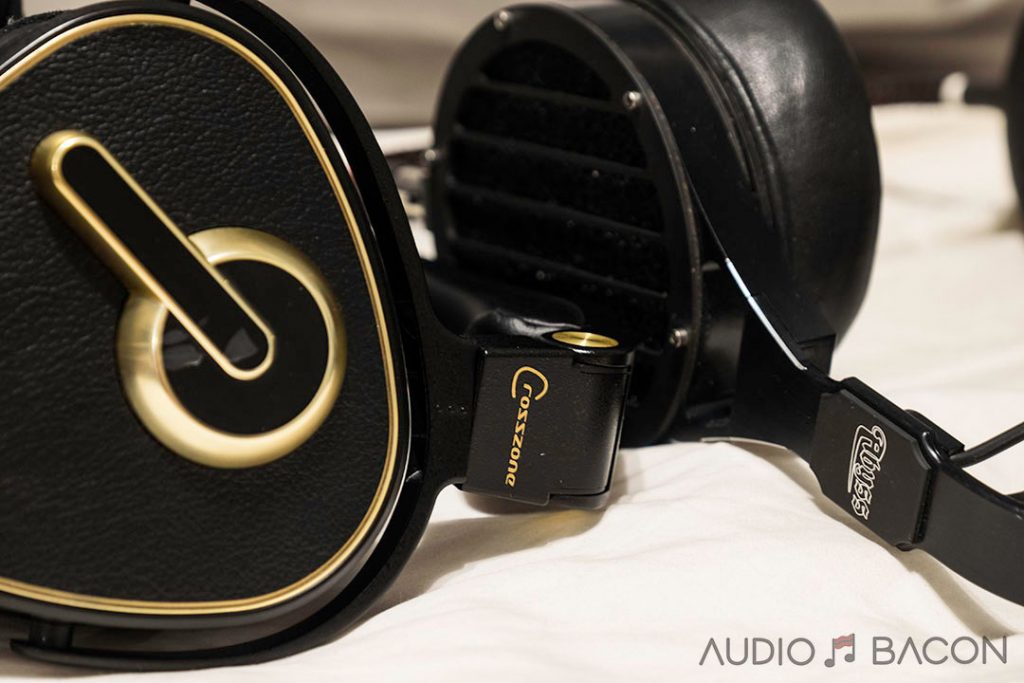
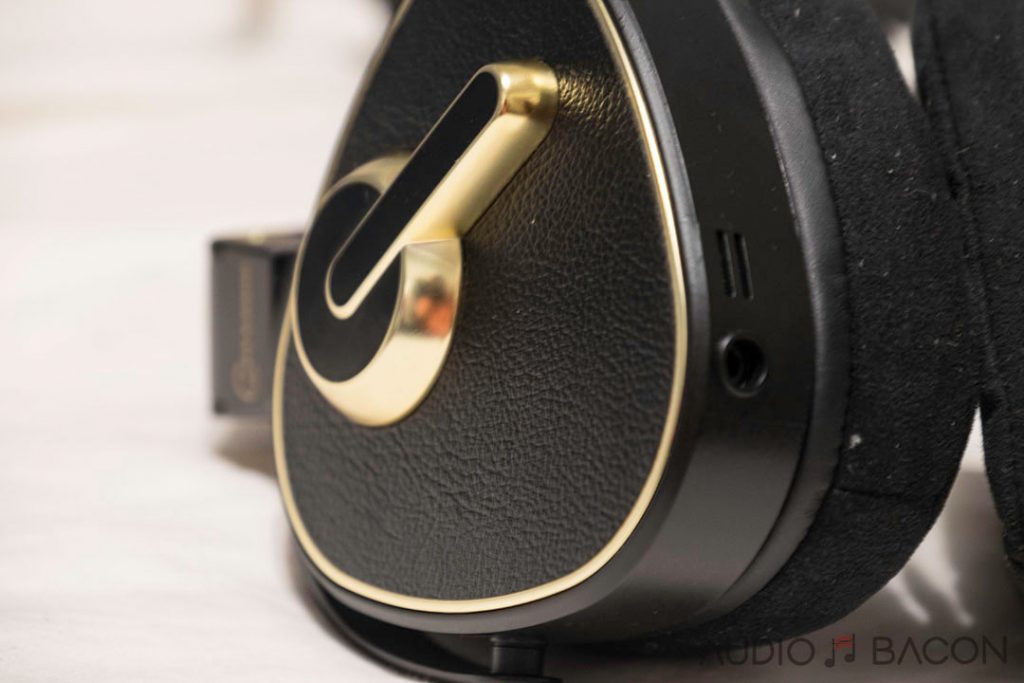
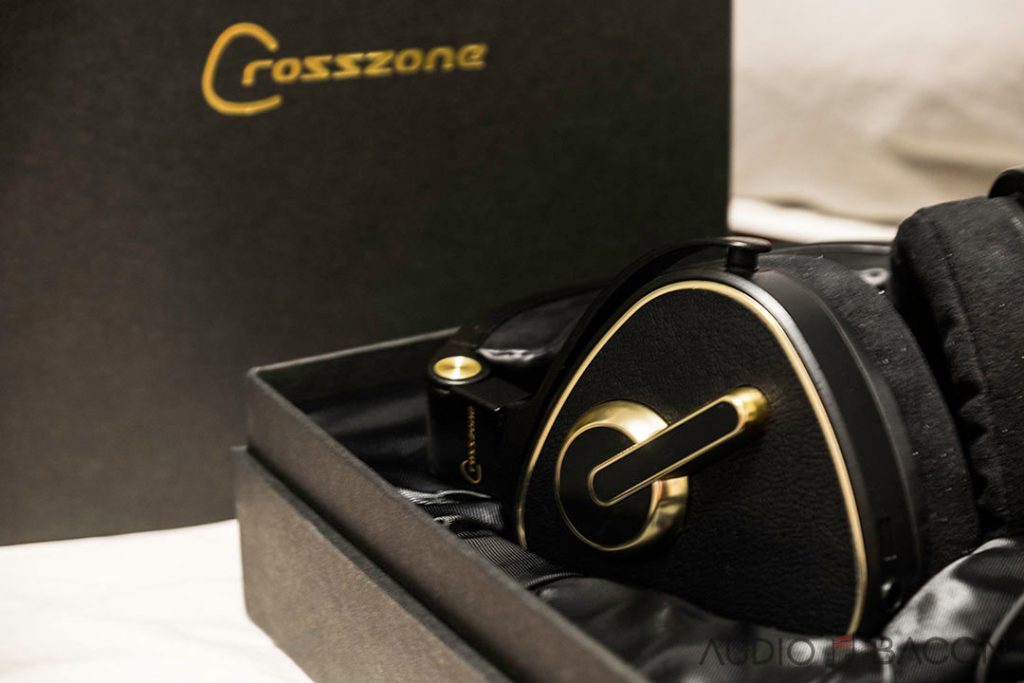


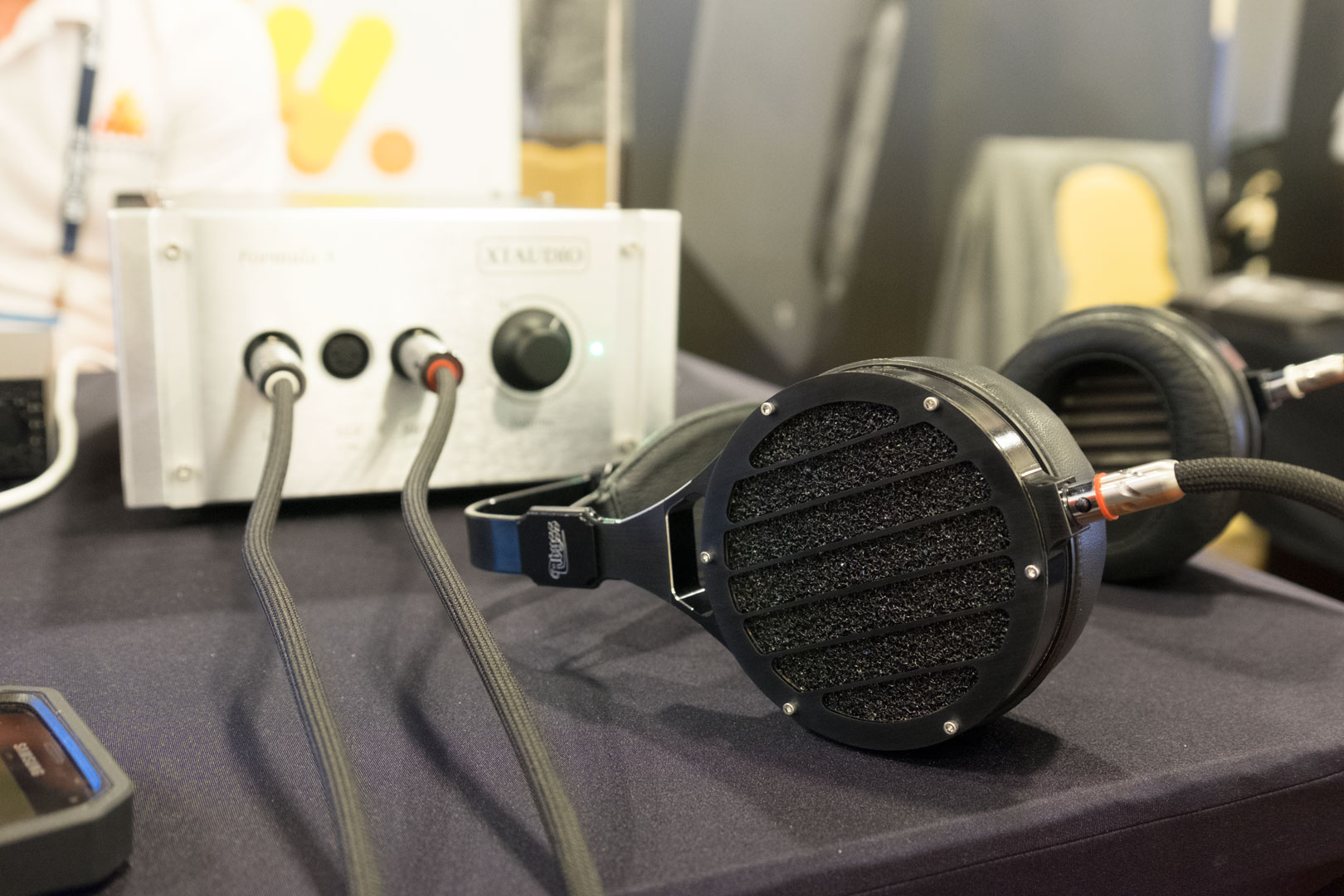
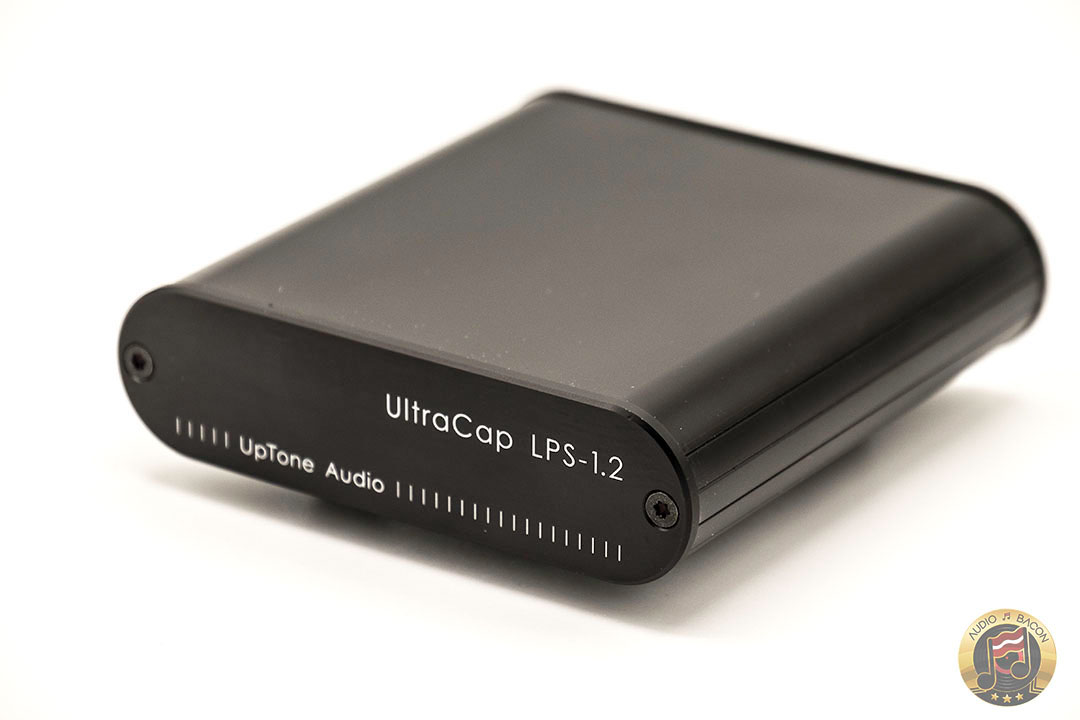
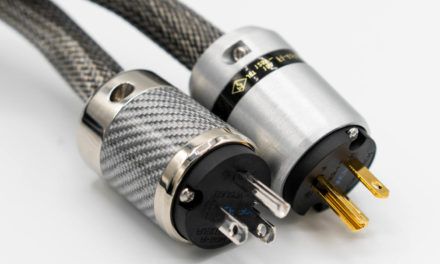


Hello,
I found your review of the CZ-1 very helpfull, especially the comparison between Crossfeed vs Crosszone CZ-1. Since your review in 2018 the crossfeed technology has developed further I understand. Do you believe that now in 2024 the CZ-1 is still superior in providing this illution better crossfeed? Regatds, Mark